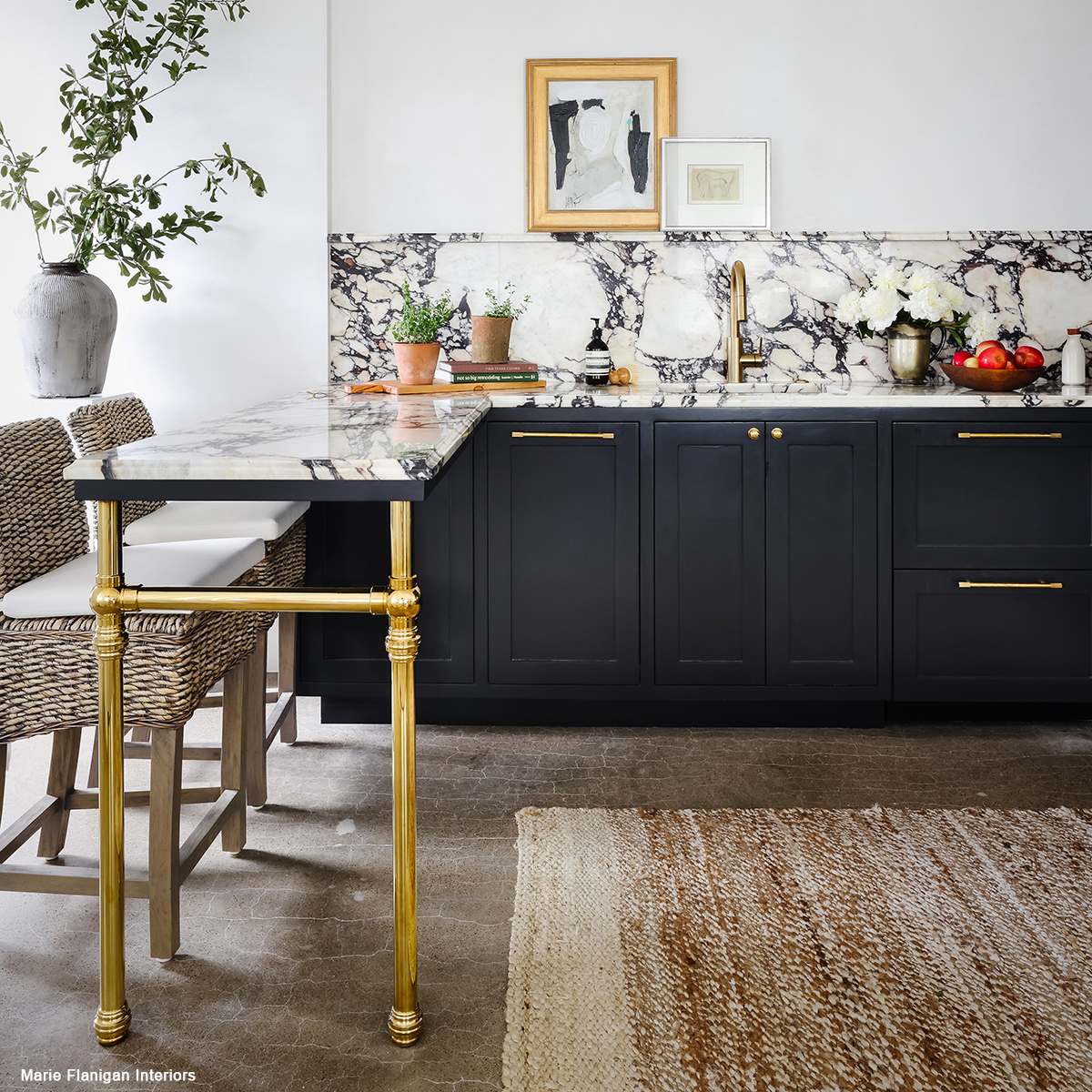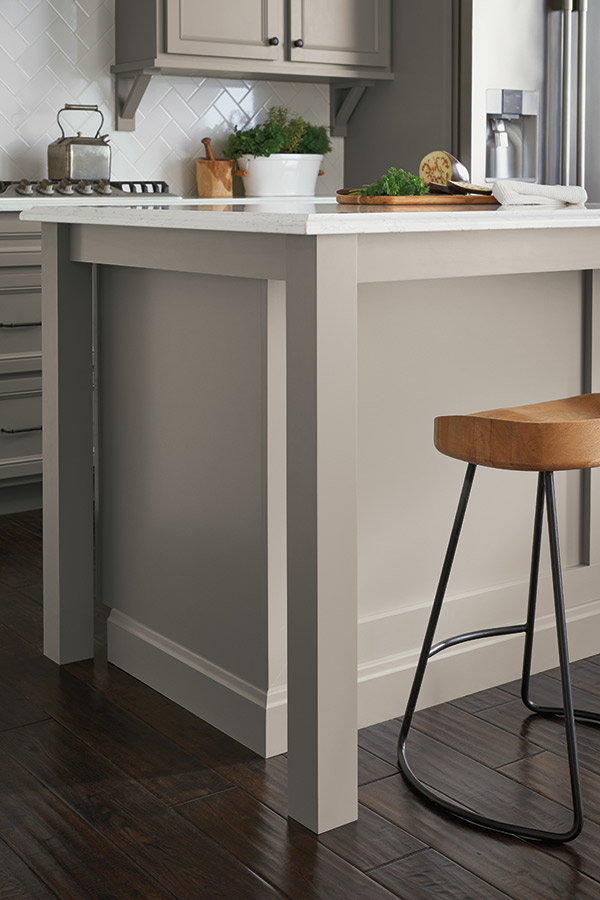Durable and Fashionable Options for High-Quality Legs For Kitchen Island
Durable and Fashionable Options for High-Quality Legs For Kitchen Island
Blog Article
Vital Elements to Consider When Selecting Legs For Cooking Area Island
Choosing the ideal legs for a kitchen area island entails a careful assessment of multiple aspects that can significantly affect both capability and aesthetic allure. As we explore these aspects, it comes to be clear that each decision can have far-reaching implications for the general cooking area experience.
Material Options
When choosing legs for a cooking area island, understanding the different product alternatives is vital for attaining both aesthetic appeal and structural honesty (Legs For Kitchen Island). The selection of material considerably affects not just the resilience of the island however additionally its total design and functionality
Steel legs, often made from stainless steel or wrought iron, add a commercial and modern-day feeling while making certain longevity and security. These products are resistant to wear and can support significant weight, making them suitable for bigger islands.
Another alternative is engineered products, like MDF or plywood, which can be a lot more economical while still providing a variety of coatings. Nevertheless, they might not offer the very same level of stability as strong wood or metal. Products such as acrylic or glass can produce a contemporary appearance, though they might call for added assistance to make sure stability.
Eventually, the selection of material for kitchen island legs should align with the desired capability and the total theme of the kitchen area.
Design and Style

When considering design, the form and coating of the legs are essential. Tapered legs can offer a feeling of lightness and sophistication, while thicker, extra durable legs can convey stamina and security. Additionally, the surface-- be it repainted, tarnished, or natural-- need to match the cabinets and countertop products to create a unified look.
In addition, the design of the legs can likewise show individual preference. Personalized or decorative legs, such as those including intricate makings or special geometric forms, can act as prime focus, adding character and individuality to the kitchen. Inevitably, the appropriate choice will certainly not only improve capability but likewise raise the visual appeal, making the kitchen area island a standout feature of the home.
Elevation Factors To Consider
Picking the suitable height for kitchen area island legs is critical, as it directly affects both performance and convenience. The typical elevation for a cooking area island normally ranges from 36 to 42 inches, straightening with common countertop heights.

It is likewise important to account for customers' choices and heights. Tailoring the height can guarantee a comfy experience for all member of the family, making the kitchen area island a much more functional and pleasurable space.
Weight Support
Ensuring sufficient weight support for kitchen area island legs is vital for both safety and security and performance. The kitchen island typically serves multiple purposes, consisting of cooking, dining, and additional storage, necessitating a robust support structure. When choosing legs, it is essential to consider the total weight capability needed based upon the island's intended usage and the materials that will certainly be positioned on it.
The choice of product for the legs plays a significant function in their weight-bearing abilities. Solid timber, steel, and heavy-duty compounds usually provide exceptional strength contrasted to lighter materials. Additionally, the design of the legs-- whether they are right, tapered, or have a pedestal kind-- can affect their capacity to disperse weight effectively across the framework.
In addition, the leg placement need to be tactically planned to improve stability. Legs positioned at the edges or with a wider base can much better sustain heavier tons. Always consult the producer's requirements relating to load restrictions to guarantee that the legs can maintain the designated weight without endangering security. In recap, choosing kitchen island legs with sufficient weight assistance is essential for producing a risk-free and functional culinary room.
Installation and Maintenance
Proper installation and maintenance of kitchen area island legs are essential for making certain longevity and security. To begin, it is vital to adhere to the producer's standards throughout setup. This typically involves safeguarding the legs to the island base utilizing suitable bolts, making check out here certain that the legs are level and aligned. Using a degree tool can aid prevent wobbling and improve the total aesthetic charm of the kitchen island.
Once set up, normal upkeep is essential to preserve the stability and appearance of the legs - Legs For Kitchen Island. For wooden legs, regular cleaning with a moist towel and application of ideal wood gloss can stop moisture damages and preserve their coating. Steel legs might need a gentle cleansing solution to eliminate oil and grime, adhered to by next page a completely dry towel to protect against rust development
Additionally, inspect the legs routinely for signs of wear or damage, such as cracks or loose joints. Tightening up screws or screws as required can also lengthen the life-span of the legs. By sticking to these setup and upkeep practices, home owners can make certain that their kitchen area island continues to be strong and visually appealing for many years to come.
Verdict

Visual comprehensibility is vital in selecting the design and design of legs for a kitchen area island, as these components significantly influence the general atmosphere of the space. Conical legs can give a feeling of lightness and elegance, while thicker, a lot more durable legs can share strength and stability.Selecting the suitable height for kitchen island discover here legs is vital, as it straight influences both capability and convenience. In summary, choosing kitchen area island legs with appropriate weight assistance is crucial for creating a safe and functional cooking area.
In conclusion, selecting legs for a kitchen area island necessitates careful factor to consider of various aspects, including material alternatives, design, elevation, weight assistance, and setup.
Report this page